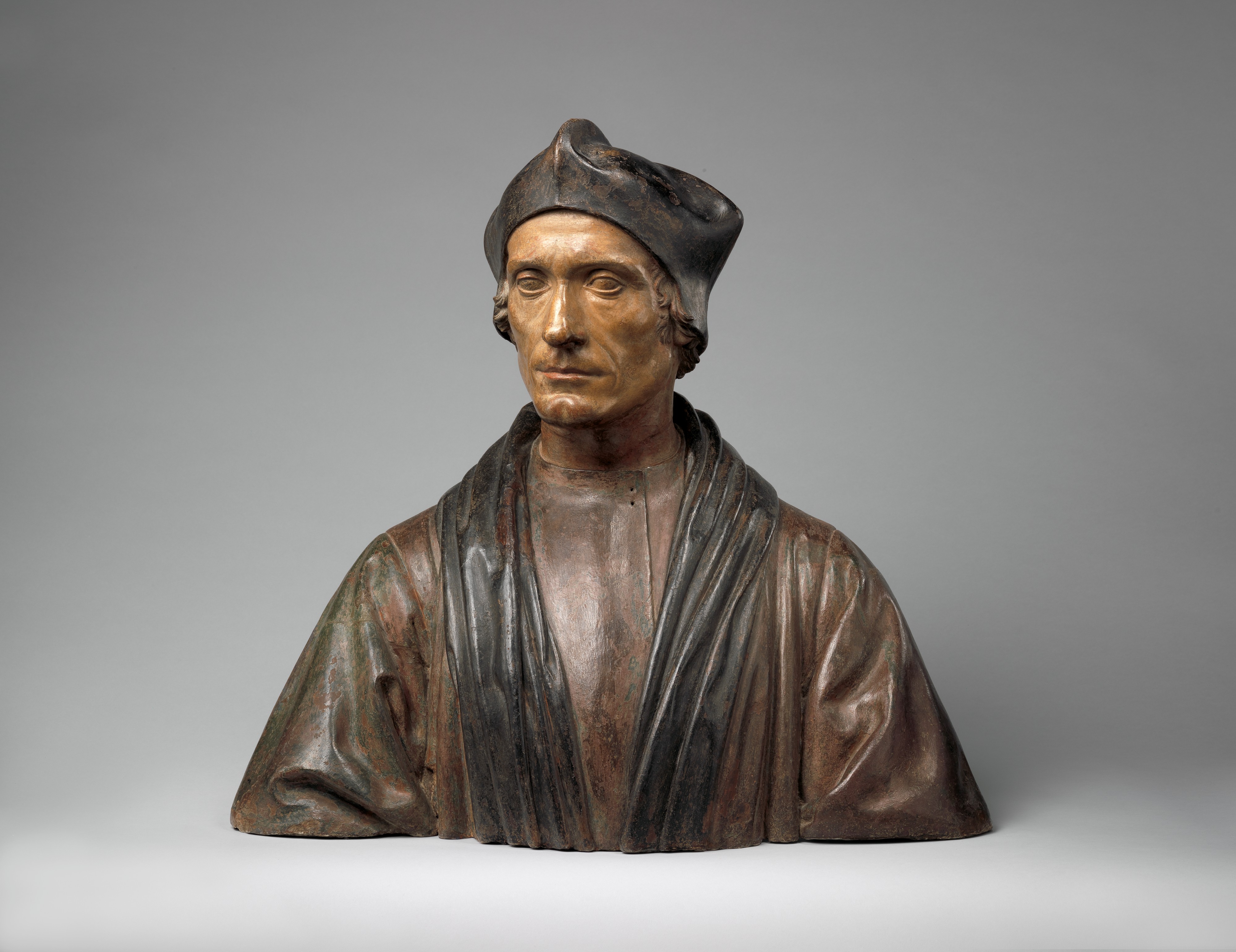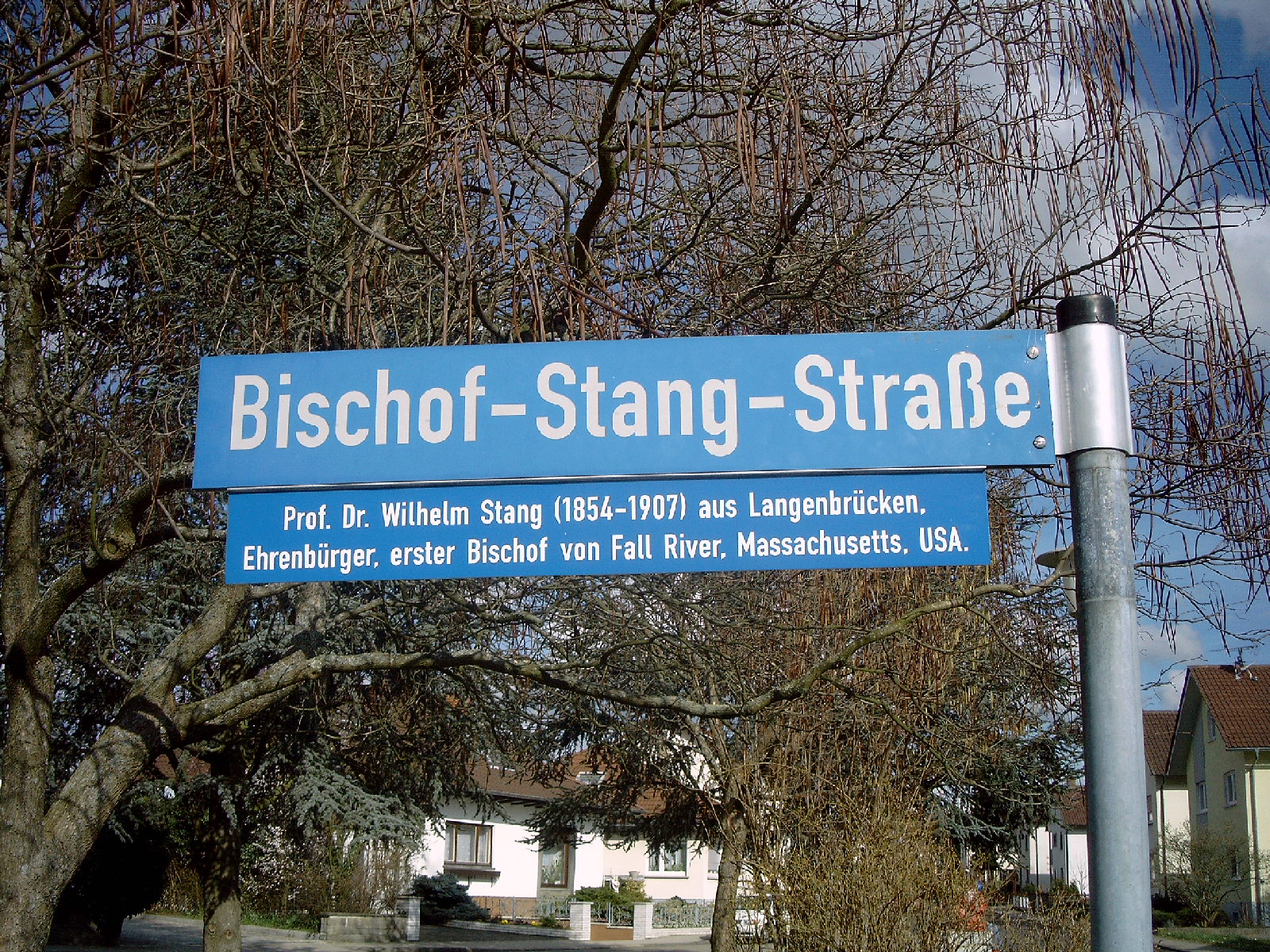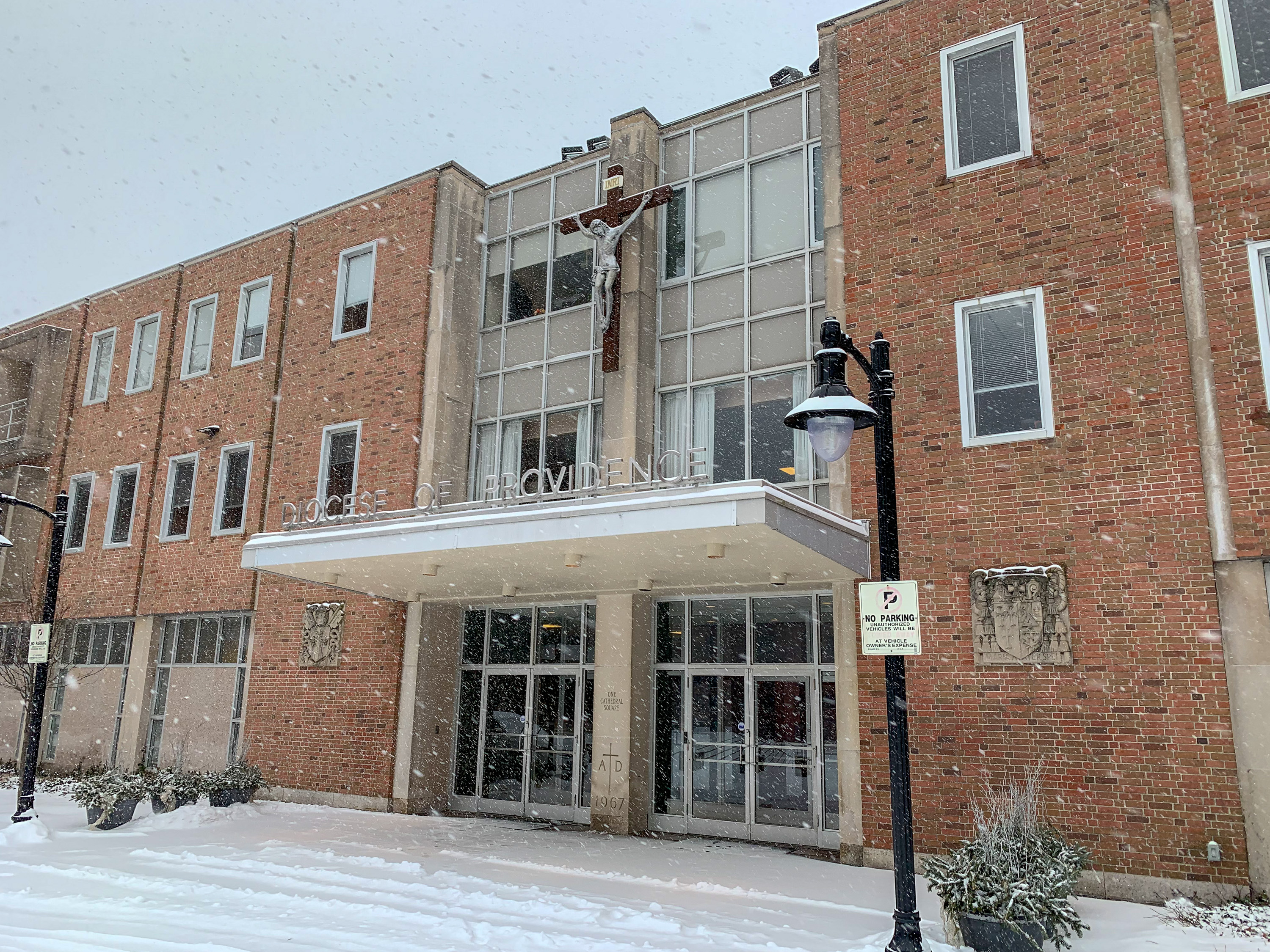|
St. Mary's Cathedral And Rectory
The Cathedral of Saint Mary of the Assumption, colloquially known as Saint Mary's Cathedral, is a historic church located in Fall River, Massachusetts. It is the cathedral and a parish church in the Diocese of Fall River. Built from 1852 to 1856, the cathedral and adjacent rectory were added to the National Register of Historic Places in 1983, as St. Mary's Cathedral and Rectory. It is the oldest extant church building in the city of Fall River, and was one of the city's first Catholic parishes. The cathedral is dedicated to Mary, mother of Jesus under the title of Our Lady of the Assumption. History There were not enough Catholics in Fall River in the early 19th century to form a parish, so they were visited occasionally by a visiting priest. Property was finally acquired in 1835 from Peter McLarrin for $659. The parish of St. John the Baptist was established in 1838 and a small frame church building was constructed. Large numbers of Irish immigrants came to Fall River in the ... [...More Info...] [...Related Items...] OR: [Wikipedia] [Google] [Baidu] |
Fall River, Massachusetts
Fall River is a city in Bristol County, Massachusetts, United States. The City of Fall River's population was 94,000 at the 2020 United States Census, making it the tenth-largest city in the state. Located along the eastern shore of Mount Hope Bay at the mouth of the Taunton River, the city became famous during the 19th century as the leading textile manufacturing center in the United States. While the textile industry has long since moved on, its impact on the city's culture and landscape is still prominent. Fall River's official motto is "We'll Try", dating back to the aftermath of the Great Fire of 1843. Nicknamed The Scholarship City after Irving Fradkin founded Dollars for Scholars there in 1958, mayor Jasiel Correia introduced the "Make It Here" slogan as part of a citywide rebranding effort in 2017. Fall River is known for the Lizzie Borden case, the Fall River cult murders, Portuguese culture, its numerous 19th-century textile mills and Battleship Cove, home of t ... [...More Info...] [...Related Items...] OR: [Wikipedia] [Google] [Baidu] |
Assumption Of Mary
The Assumption of Mary is one of the four Marian dogmas of the Catholic Church. Pope Pius XII defined it in 1950 in his apostolic constitution ''Munificentissimus Deus'' as follows: We proclaim and define it to be a dogma revealed by God that the immaculate Mother of God, Mary ever virgin, when the course of her earthly life was finished, was taken up body and soul into the glory of heaven. The declaration was built upon the 1854 dogma of the Immaculate Conception of Mary, which declared that Mary was conceived free from original sin, and both have their foundation in the concept of Mary as the Mother of God. It leaves open the question of whether Mary died or whether she was raised to eternal life without bodily death. The equivalent belief (but not held as dogma) in the Eastern Orthodox Church is the Dormition of the Mother of God or the "Falling Asleep of the Mother of God". The word 'assumption' derives from the Latin word ''assūmptiō'' meaning "taking up". T ... [...More Info...] [...Related Items...] OR: [Wikipedia] [Google] [Baidu] |
Colonnade
In classical architecture, a colonnade is a long sequence of columns joined by their entablature, often free-standing, or part of a building. Paired or multiple pairs of columns are normally employed in a colonnade which can be straight or curved. The space enclosed may be covered or open. In St. Peter's Square in Rome, Bernini's great colonnade encloses a vast open elliptical space. When in front of a building, screening the door (Latin ''porta''), it is called a portico. When enclosing an open court, a peristyle. A portico may be more than one rank of columns deep, as at the Pantheon in Rome or the stoae of Ancient Greece. When the intercolumniation is alternately wide and narrow, a colonnade may be termed "araeosystyle" (Gr. αραιος, "widely spaced", and συστυλος, "with columns set close together"), as in the case of the western porch of St Paul's Cathedral and the east front of the Louvre. History Colonnades have been built since ancient times and inter ... [...More Info...] [...Related Items...] OR: [Wikipedia] [Google] [Baidu] |
Crypt
A crypt (from Latin ''crypta'' "vault") is a stone chamber beneath the floor of a church or other building. It typically contains coffins, sarcophagi, or religious relics. Originally, crypts were typically found below the main apse of a church, such as at the Abbey of Saint-Germain en Auxerre, but were later located beneath chancel, naves and transepts as well. Occasionally churches were raised high to accommodate a crypt at the ground level, such as St Michael's Church in Hildesheim, Germany. Etymology The word "Crypt" developed as an alternative form of the Latin "vault" as it was carried over into Late Latin, and came to refer to the ritual rooms found underneath church buildings. It also served as a vault for storing important and/or sacred items. The word "Crypta", however, is also the female form of ''crypto'' "hidden". The earliest known origin of both is in the Ancient Greek '' κρύπτω'' (krupto/krypto), the first person singular indicative of the verb "to conc ... [...More Info...] [...Related Items...] OR: [Wikipedia] [Google] [Baidu] |
Thomas More
Sir Thomas More (7 February 1478 – 6 July 1535), venerated in the Catholic Church as Saint Thomas More, was an English lawyer, judge, social philosopher, author, statesman, and noted Renaissance humanist. He also served Henry VIII as Lord High Chancellor of England from October 1529 to May 1532. He wrote ''Utopia'', published in 1516, which describes the political system of an imaginary island state. More opposed the Protestant Reformation, directing polemics against the theology of Martin Luther, Huldrych Zwingli, John Calvin and William Tyndale. More also opposed Henry VIII's separation from the Catholic Church, refusing to acknowledge Henry as supreme head of the Church of England and the annulment of his marriage to Catherine of Aragon. After refusing to take the Oath of Supremacy, he was convicted of treason and executed. On his execution, he was reported to have said: "I die the King's good servant, and God's first". Pope Pius XI canonised More in 1935 as a martyr ... [...More Info...] [...Related Items...] OR: [Wikipedia] [Google] [Baidu] |
John Fisher
John Fisher (c. 19 October 1469 – 22 June 1535) was an English Catholic bishop, cardinal, and theologian. Fisher was also an academic and Chancellor of the University of Cambridge. He was canonized by Pope Pius XI. Fisher was executed by order of Henry VIII during the English Reformation for refusing to accept him as the supreme head of the Church of England and for upholding the Catholic Church's doctrine of papal supremacy. He was named a cardinal shortly before his death. He is honoured as a martyr and saint by the Catholic Church. He shares his feast day with Thomas More on 22 June in the Catholic calendar of saints and on 6 July in that of the Church of England. Early life John Fisher was born in Beverley, Yorkshire, in 1469, the eldest son of Robert Fisher, a modestly prosperous merchant of Beverley, and Agnes, his wife. He was one of four children. His father died when John was eight. His mother remarried and had five more children by her second husband, William ... [...More Info...] [...Related Items...] OR: [Wikipedia] [Google] [Baidu] |
Blessed Sacrament
The Blessed Sacrament, also Most Blessed Sacrament, is a devotional name to refer to the body and blood of Christ in the form of consecrated sacramental bread and wine at a celebration of the Eucharist. The term is used in the Latin Church of the Catholic Church, as well as in Anglicanism, Lutheranism, Methodism, and the Old Catholic Church, as well as in some of the Eastern Catholic Churches. In the Byzantine Rite, the terms Holy Gifts and Divine Mysteries are used to refer to the consecrated elements. Christians in these traditions believe in the Real Presence of Jesus Christ in the Eucharistic elements of the bread and wine and some of them, therefore, practice Eucharistic reservation and adoration. This belief is based on interpretations of both sacred scripture and sacred tradition. The Catholic belief has been defined by numerous ecumenical councils, including the Fourth Lateran Council and the Council of Trent, which is quoted in the ''Catechism of the Catholic Church'' (w ... [...More Info...] [...Related Items...] OR: [Wikipedia] [Google] [Baidu] |
William Stang
William Stang (April 21, 1854 – February 2, 1907) was a German-born American prelate of the Roman Catholic Church. He served as the first bishop of the Diocese of Fall River in Massachusetts from 1904 until his death in 1907. Biography Early life William Stang was born on April 21, 1854, in Langenbrücken in the Grand Duchy of Baden (in present day Germany). He received his early education at the local '' gymnasium'' and then attended the minor seminary of Sint-Niklaas in Belgium. Stang entered the American College of Louvain in Leuven, Belgium, in 1875, where he completed his theological studies. Priesthood Stang was ordained to the priesthood on June 15, 1878. After his ordination, Stang Stang briefly taught at the Catholic University of Leuven. While in Belgium, he was recruited by Thomas Hendricken, bishop of the Diocese of Providence, to minister to German-speaking Catholics in his diocese. Stang immigrated to the United States in September 1878, settling in Pr ... [...More Info...] [...Related Items...] OR: [Wikipedia] [Google] [Baidu] |
Pope Pius X
Pope Pius X ( it, Pio X; born Giuseppe Melchiorre Sarto; 2 June 1835 – 20 August 1914) was head of the Catholic Church from 4 August 1903 to his death in August 1914. Pius X is known for vigorously opposing modernist interpretations of Catholic doctrine, and for promoting liturgical reforms and scholastic theology. He initiated the preparation of the 1917 Code of Canon Law, the first comprehensive and systemic work of its kind. He is venerated as a saint in the Catholic Church and is the namesake of the traditionalist Catholic Priestly Fraternity of Saint Pius X. Pius X was devoted to the Blessed Virgin Mary under the title of Our Lady of Confidence; while his papal encyclical '' Ad diem illum'' took on a sense of renewal that was reflected in the motto of his pontificate. He advanced the Liturgical Movement by formulating the principle of ''participatio actuosa'' (active participation of the faithful) in his motu proprio, ''Tra le sollecitudini'' (1903). He encouraged ... [...More Info...] [...Related Items...] OR: [Wikipedia] [Google] [Baidu] |
Matthew Harkins
Matthew A. Harkins (November 17, 1845 – May 25, 1921) was an American prelate of the Roman Catholic Church. He served as the second Bishop of Providence from 1887 until his death in 1921. Biography Matthew A. Harkins was born in Boston, Massachusetts to Patrick Harkins, an Irish immigrant, and his wife, Margaret. He received his early education at a primary school on Tremont Street and a grammar school in Quincy. He attended Boston Latin School from 1859–62, when he entered Holy Cross College in Worcester, Massachusetts. After a year at Holy Cross, he went abroad to France and furthered his studies at the English College, Douai and at Église Saint-Sulpice, Paris. While in Paris, Harkins was ordained to the priesthood on May 22, 1869. After studying theology and canon law at the Pontifical Gregorian University in Rome, he returned to Massachusetts in 1870 and was named curate at the Church of the Immaculate Conception in Salem (now part of the parish of Mary, Quee ... [...More Info...] [...Related Items...] OR: [Wikipedia] [Google] [Baidu] |
Roman Catholic Diocese Of Providence
The Roman Catholic Diocese of Providence ( la, Dioecesis Providentiensis) is a diocese of the Catholic Church in the United States. The diocese was erected by Pope Pius IX on February 17, 1872 and originally comprised the entire state of Rhode Island and the counties of Bristol, Barnstable, Dukes and Nantucket in the state of Massachusetts. On March 12, 1904, those four counties were separated from the Diocese of Providence to form the Diocese of Fall River, Massachusetts, leaving the Diocese of Providence with just the state of Rhode Island. The diocese is suffragan to the Archdiocese of Hartford and a part of the ecclesiastical province that includes that archdiocese and the suffragan dioceses of Bridgeport and Norwich. The Cathedral of SS. Peter and Paul in Providence is the mother church of the diocese of Providence. The Most Reverend Thomas Joseph Tobin, former Bishop of Youngstown, Ohio, is the eighth, and current, Bishop of Providence. History Before its creation as a ... [...More Info...] [...Related Items...] OR: [Wikipedia] [Google] [Baidu] |
Roman Catholic Archdiocese Of Boston
The Archdiocese of Boston ( la, Archidiœcesis Bostoniensis) is a Latin Church ecclesiastical territory or archdiocese of the Catholic Church located in the New England region of the United States. Its territorial remit encompasses the whole of Essex County, Middlesex County, Norfolk County, and Suffolk County, and also all of Plymouth County except the towns of Marion, Mattapoisett, and Wareham in the Commonwealth of Massachusetts. It is led by a prelate archbishop who serves as pastor of the mother church, Cathedral of the Holy Cross in the South End of Boston. The Archdiocese of Boston is a metropolitan see with six suffragan dioceses: the Dioceses of Burlington, Fall River, Manchester, Portland in Maine, Springfield in Massachusetts, and Worcester. As of 2018, there are 284 parishes in the archdiocese, 617 diocesan priests, and 275 deacons. In 2018, the archdiocese estimated that more than 1.9 million Catholics were in its territory. History Early history New Engl ... [...More Info...] [...Related Items...] OR: [Wikipedia] [Google] [Baidu] |










